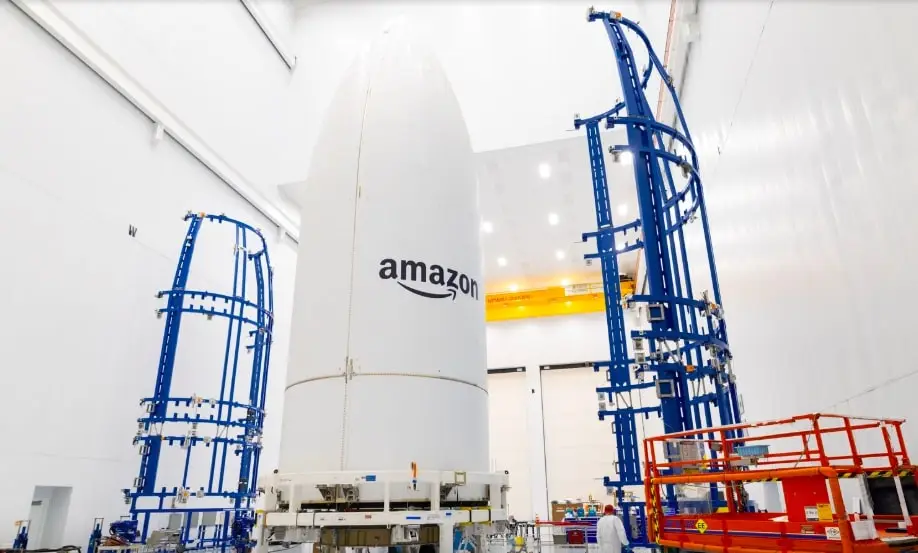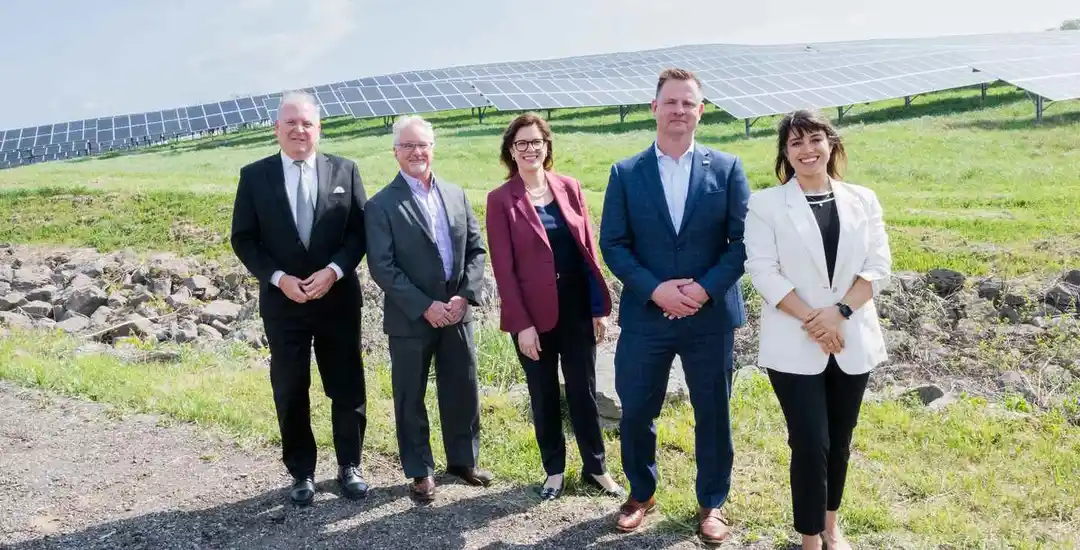As part of a major move towards making the internet more accessible to the world, Amazon has launched the first 27 satellites of its ambitious Project Kuiper. The project plans to build a constellation of more than 3,200 low Earth orbit (LEO) satellites to offer high-speed broadband services globally, focusing especially on underserved and remote areas.
A New Chapter in Satellite Internet
On April 28, 2025, a United Launch Alliance (ULA) Atlas V rocket blasted off from Florida’s Cape Canaveral Space Force Station and took the first batch of operational Kuiper satellites into space. This launch constitutes Amazon’s formal foray into the satellite internet business, where it will now compete head-on with SpaceX’s Starlink, which has already launched more than 8,000 satellites since 2019.
The satellites are currently in low Earth orbit, about 400 miles (630 kilometers) from the surface of the Earth, and are going through systems checks to verify maximum functionality. Amazon mission operations in Redmond, Washington, is managing the deployment and integration of these satellites into the overall Kuiper network.
Project Kuiper: Vision and Objectives
Named after the Kuiper Belt—a part of the solar system outside Neptune—Project Kuiper is an Amazon \\$10 billion initiative to close the digital divide by bringing stable, high-speed internet connectivity to underserved communities. The project aims to serve up to 400 million customers worldwide, including residential, business, and government customers.
Amazon will begin customer support by the end of 2025, subject to the successful launching of further satellites. The Federal Communications Commission (FCC) has ordered that at least half of the satellite constellation of Amazon must be launched by July 2026, a target date which reflects the project’s aggressive schedule.
Technical Specifications and Innovations
The Kuiper satellites are built to work in LEO, which provides lower latency and higher data rates than standard geostationary satellites. Every satellite includes next-generation phased-array antennas and optical inter-satellite links (OISLs), allowing for high-speed data transfer and network redundancy.
To minimize the impact on astronomical observations, Amazon has applied a special reflective coating to the satellites, addressing concerns from the scientific community regarding light pollution and interference.
Ground Infrastructure and User Terminals
Complementing the satellite network, Amazon is developing a range of user terminals to facilitate connectivity. The normal terminal will be less than 11 inches square in size, weigh less than five pounds, and provide up to 400 megabits per second (Mbps) speed. An ultra-slim model, 7 inches square and weighing one pound, will provide speeds of up to 100 Mbps for residential and mobile customers. For commercial and governmental use needing greater bandwidth, a bigger terminal with speeds up to 1 gigabit per second is under development. These terminals will be affordable, with the base model costing less than \$400, making them accessible to a mass user market.
Strategic Partnerships and Launch Plans
In order to achieve its launch targets, Amazon has contracted more than 80 launches from multiple providers, such as ULA, Arianespace, and Blue Origin. Significantly, Amazon has also contracted for three launches with SpaceX’s Falcon 9 rockets in spite of the competitive situation between the two organizations.
This multi-launch strategy is designed to reduce risk and facilitate on-time deployment of the satellite constellation by making use of the strength of multiple launch vehicles to create continuity.
Competitive Landscape and Market Implications
Amazon’s foray into the satellite internet market increases the competition with SpaceX’s Starlink, which has built a large presence through its large satellite fleet and expanding base of customers. Nevertheless, Amazon’s consolidation of Project Kuiper with its current offerings, including Amazon Web Services (AWS), Alexa, and Prime, could provide synergistic advantages and improve user experience.
The satellite internet market is set to experience tremendous growth, with growing demand for connectivity in underserved and distant areas. Amazon’s huge funding of Project Kuiper is a demonstration of its determination to stake a claim in this growing market and build out its technological infrastructure.
Challenges and Future Outlook
Though the initial launch was successful, Project Kuiper has a few issues to deal with, namely the logistical intricacies of launching a massive satellite network, regulatory issues, and having to build a solid ground infrastructure. Amazon also has to contend with competitive heat from the incumbent players such as SpaceX and new entrants in the satellite internet space.
However, the deployment of the initial 27 satellites is a milestone moment for Project Kuiper, indicating Amazon’s serious intent to revolutionize global internet access. As the project unfolds, its influence on international connectivity, technological advancement, and market forces will be keenly observed by industry players and consumers alike.







